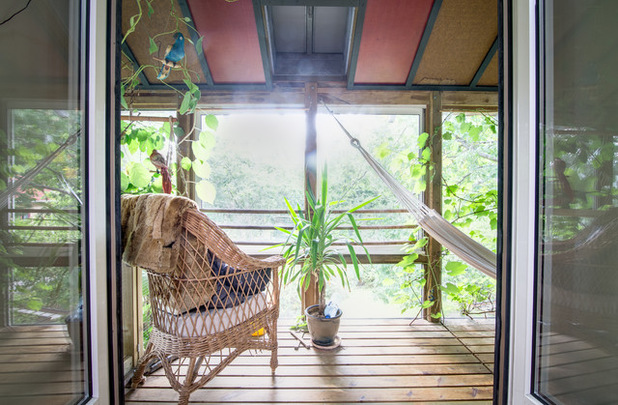
Unika Stenhus’ love affair with concrete-and what it means for your energy bill
Architecture July 14, 2017, Comments OffFor a long time, Unika Stenhus has been part of the Swedish architectural landscape. The firm has been at the forefront of groundbreaking designs both at home and abroad. While a lot of firms out there give weight to a single design concept, Unika is a medley of both Japanese and Swedish architectural designs, and the results are cutting-edge projects which defy logic and make for a sight to behold. Over the years, Ola Torrång and his team have shown a preference for concrete to traditional wood frames, and there is a number of reasons for that.
Of wood and concrete
If we were living in the 18th century, wood would be a pretty solid choice for a building material. However, two things; we are no longer in the 18th century, and second, we sadly don’t have that much wood around because of the sort of destructive human activity that has taken place for the last 300 years. However, While Unika Stenhus understands these concerns, its reasons for choosing to go with concrete has more to do with energy efficiency than it has to do with factors such as cost, longevity and conservation of resources.

How do Unika’s concrete houses stack up against traditional wood frames?
Unika Stenhus’s concrete houses require far less heating energy than wooden frame houses. Generally, you would need 44% less energy to heat a concrete house and 32% less energy to cool it. Now, energy and how much of it can be saved is an interesting conversation to have, and a lot of people would be glad to pay a lower energy bill at the end of the month. Unika’s concrete houses save energy because they come with high insulating values. They also feature a more solid and tighter construction approaches, which means that heat has very little leeway to escape in the winter and that it cannot penetrate the inside over the summer.
It is a well-known fact that concrete walls slash down the infiltration of air from the outside by up to 75%, compared to wood frame houses that can only go up as high as 40%. Concrete is also known to generally have a high thermal mass, so it helps shield the outside of the house from the extremities of the elements. This all works toward keeping the costs low and the ROI high.
Unika Stenhus has carved out quite a name for itself both in Sweden and abroad. The Ola Torrang-led outfit has showcased its flair in projects such as The Winter Garden and The Fairy Tale House, and he has been featured in many big Swedish newspapers, such as Göteborgsposten.
Visit their website: Unika Stenhus – Nordens mest välisolerade betonghus
Facebook Group: Unika Stenhus Facebook